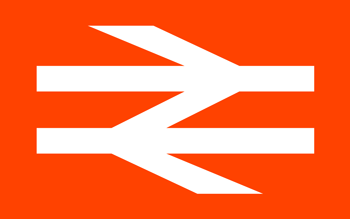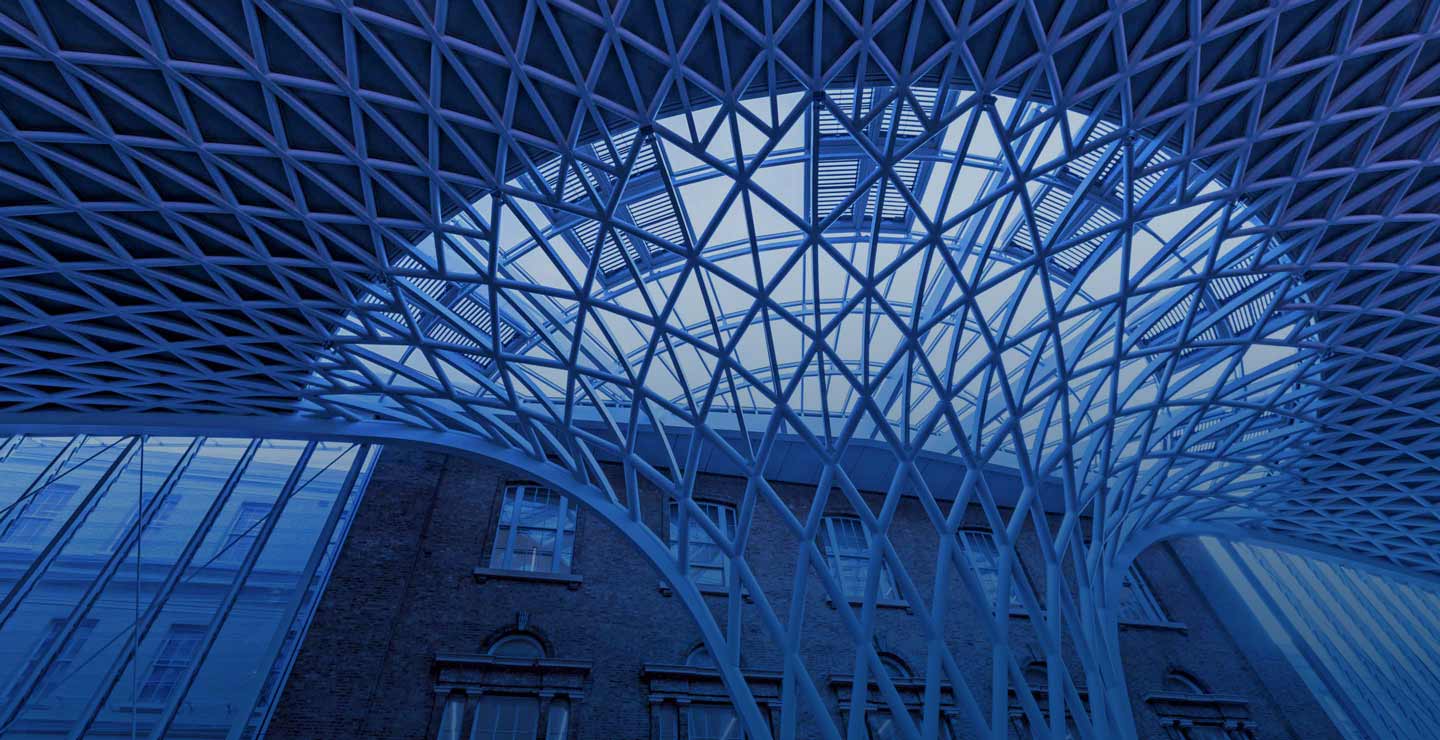
British Railways was the state-owned company responsible for most overground rail transport in Britain from 1948 to 1997. Trading as British Rail from 1965, the company was privatised between 1994 and 1997 and was succeeded by National Rail.
The double arrow logo is still used by National Rail in their brand to this day.
The British Rail network
British Rail operated the majority of the UK's rail network between 1948 and 1997 under the ownership of the UK government. Originally British Rail was the merging of four separate companies. Known at the time as the "Big Four", these companies were:
-
London, Midland and Scottish Railway (LMS)
-
London and North Eastern Railway (now London North Eastern Railway)
-
Great Western Railway (GWR) and
-
Southern Railway (SR)
GWR is still in use today and operated under the FirstGroup franchise.
Through a gradual period of nationalisation, much of the network was transformed into diesel and lines upgraded to incorporate electrification. This process saw the steam train completely replaced (by 1968) by diesel or electric locomotives. When it comes to innovation and train development during this time, the jewel in the crown for British Rail was the Inter-City 125 trains, or as it later became more commonly known as the ‘High-Speed Train’. There was one exception to the rule, a single narrow-gauge tourist line in Wales which to this day continues to operate under private ownership. As a leading heritage railway find out more about the Vale of Rheidol Railway here.
With British Rail privatised the responsibility for infrastructure including track, signalling, and railway stations were transferred to Railtrack and then brought back into public control with the introduction of Network Rail in 2002. All train operating companies (TOCs) are responsible for the trains, and their maintenance, themselves.
For more information on British Rail timetables, trains in Great Britain (England, Scotland, and Wales) and off-peak times, you can use our Journey Planner to book your train now.
Phil Sangwell - originally posted to Flickr as Chesterfield
Quick facts about British Rail
1. There are 2,563 railway stations across Great Britain. 330 of which are in London.
2. The longest tunnel on the rail network is Severn Tunnel at 4.5 miles long.
3. There are 40,000 tunnels and bridges on Britain's rail network.
4. The busiest train station in the UK is Waterloo, with over 99m using the station in 2016.
5. The quietest was Shippea Hill in Cambridgeshire with just 22 entries and exits.
6. There are over 1.5bn passenger journeys a year.
7. The longest train journey on one train is between Aberdeen and Penzance taking on average 13 and a half hours.
The double arrow logo
Synonymous for a generation and seen as a part of the national fabric, the British Rail double arrow logo was the personification of the development and renovation for the UK's rail lines while under nationalisation. The logo was so well-known and received that it lives on with National Rail, just with a different colour scheme.
It could have been very different though for the British Rail logo, as there were four designs that found themselves on the cutting room floor. Luckily, we've unearthed them for you to decide if British Rail made the right decision design-wise, many, many moons ago!
© British Railways Board, UK National Archives
UK train operating companies
There are over 25 train operating companies (TOCs) in the UK including well-known brands like Avanti West Coast, Great Western Railway and Southeastern. To find out more about each TOC please use the table below or visit our UK train companies page to see them all, and their famous logos, side by side.

